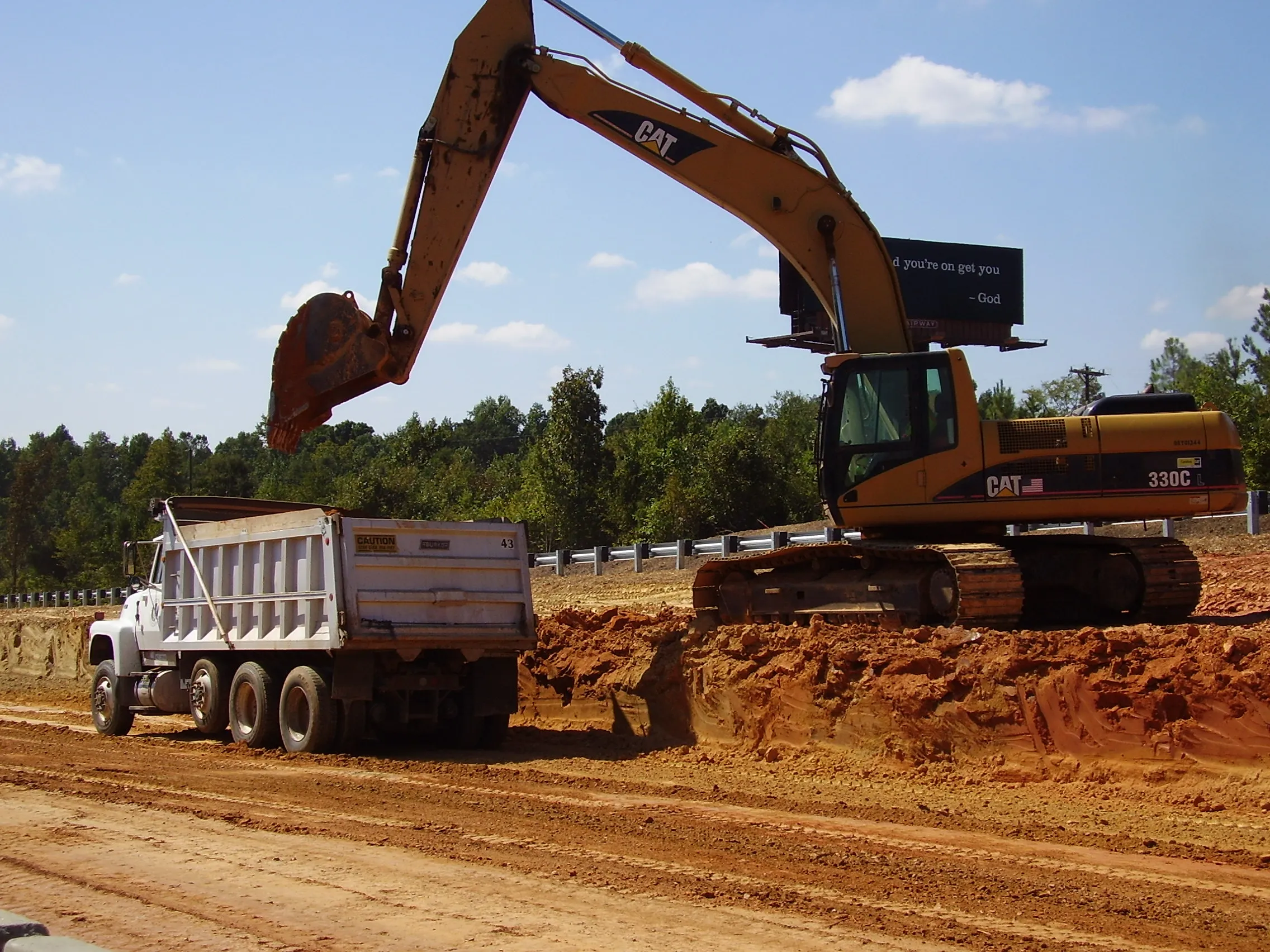After long delays the US Government has finally signed its highway reauthorisation bill. “This is a good, bipartisan bill that will create jobs, strengthen our transportation system and grow our economy,” said US transportation secretary Ray LaHood. “It builds on our safety efforts. The bill also provides states and communities with two years of steady funding to build the roads, bridges and transit systems they need.” Funds for transportation projects will come from the Highway Trust Fund as well as genera
August 13, 2012
Read time: 2 mins
After long delays the US Government has finally signed its highway reauthorisation bill. “This is a good, bipartisan bill that will create jobs, strengthen our transportation system and grow our economy,” said US transportation secretary Ray LaHood. “It builds on our safety efforts. The bill also provides states and communities with two years of steady funding to build the roads, bridges and transit systems they need.”
Funds for transportation projects will come from the Highway Trust Fund as well as general taxation. The highway bill gives states more leeway on how to use the federal highway funds as they can opt out from using the money on non-road items and focus on highway projects. But the American Road & Transportation Builders Association (ARTBA) has been sparing with its praise for the bill. ARTBA president and CEO Pete Ruane said “In the short term, the bill will provide stability in federal funding for state and local transportation projects.The elimination of earmarks should also accelerate the speed at which federal funds impact the market for transportation improvements. That’s the good news. The bad news is there is no new money. And even with their federal funds, we are now in a situation where 28 states have invested less in highway and bridge projects over the past 12 months than they did in pre-recession 2008, even when adjusted for inflation. We view this bill—as we believe congressional leaders do—as just ‘Step One,’ which is making the significant program and policy reforms needed to restore public confidence in how the federal government is investing their money in transportation and mobility. ‘Step Two’ is coming to grips with how to fund the nation’s investments in transportation infrastructure and mobility over the longer term. That tough job remains.”








